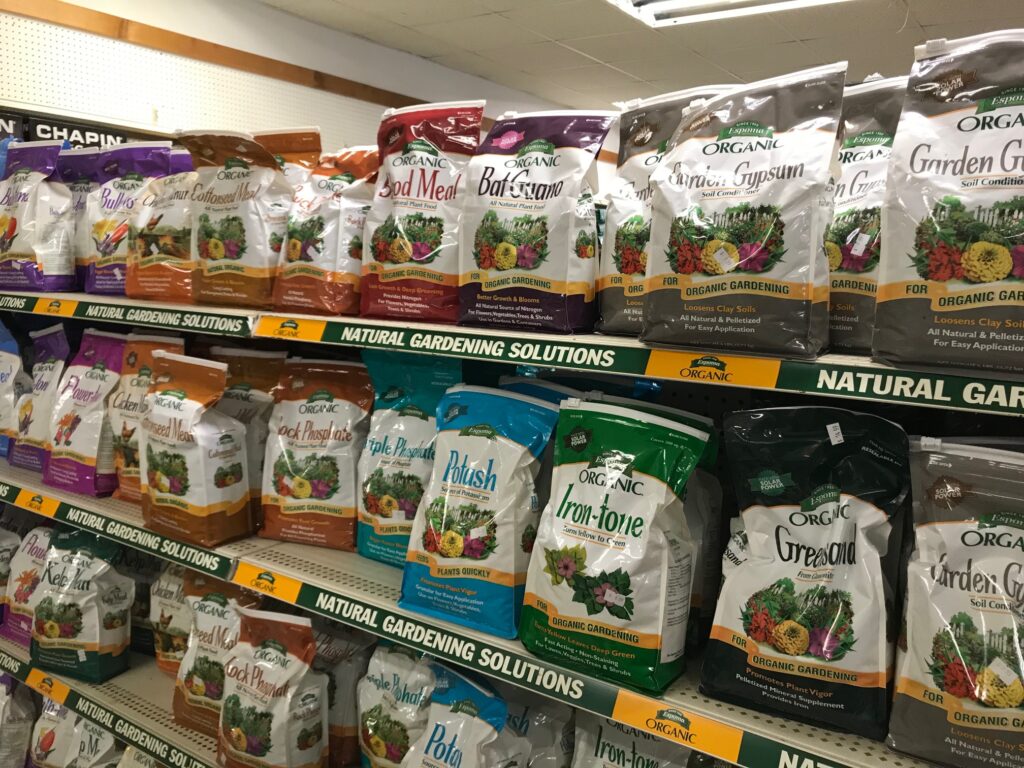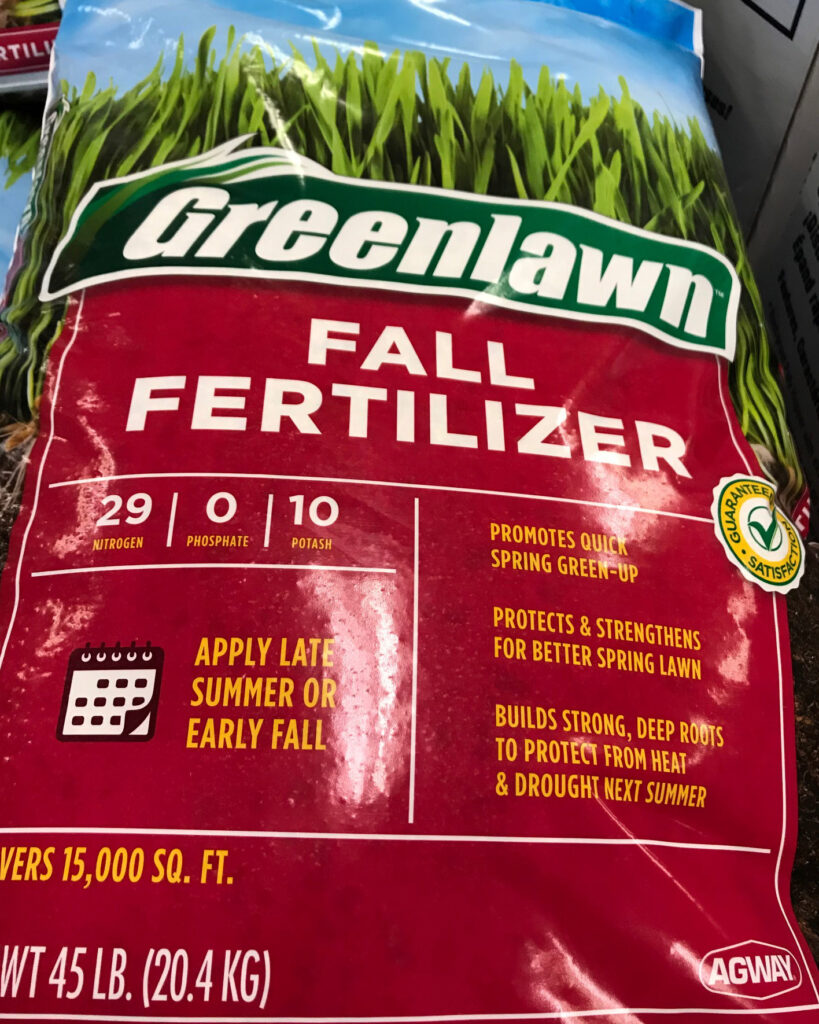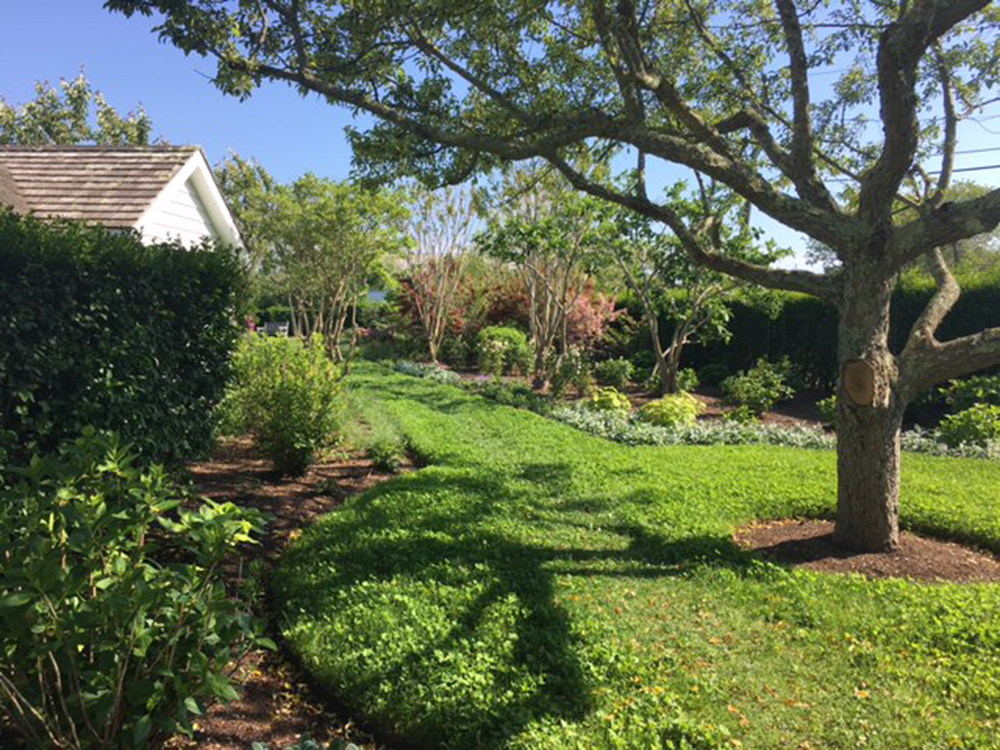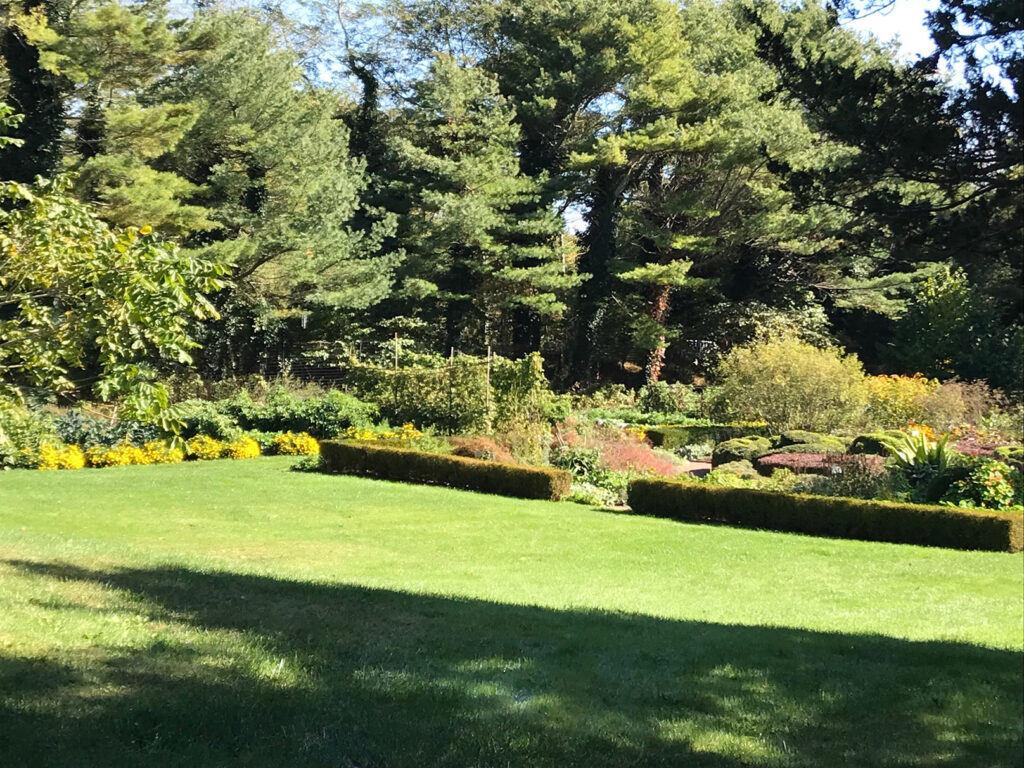How to have a healthy lawn and help Georgica Pond
Over fertilization of lawns can lead to contamination of groundwater and groundwater is what feeds Georgica Pond. If over-loaded with nitrogen, it will trigger harmful algal blooms including masses of green algae, excessive pondweeds, and toxic blue-green algae blooms.
You can help restore Georgica Pond and protect our groundwater (i.e., drinking water) by observing the law and carefully managing your lawn. With 40 million acres of lawn in the United States, just a few adjustments could make a major difference to the nitrogen cycle and pesticide use in our country. A staggering one billion pounds of pesticides are applied annually in the US.

Here are the steps to a healthy, environmentally sustainable lawn:
- In Suffolk County it is illegal to fertilize lawns between November 1st and April 1st. Fertilizing during that period can result in a fine of $1,000. In addition, application of any fertilizer on lawns within 20 feet of a water body is restricted at all times.
- Most of the soil around Georgica Pond is fertile and does not require extra fertilizer to produce a healthy lawn if properly cared for. The Cornell Cooperative Extension of Suffolk County can test the nutrients in your soil to determine whether fertilizer is needed.

- If additional nutrients are needed, use an organic, slow-release fertilizer which releases nitrogen slowly over time. The grass will have time to uptake the nitrogen and decrease the chance of it running off into the pond. Fertilizer containing phosphorous should ONLY be used to establish a new lawn. Zero phosphorous fertilizer is available at all garden centers. The best alternative is to cut the lawn with a mulching mower which leaves the small clippings on the lawn as a great source of nutrients.

- During the summer when it’s hot and less rainy, grass will go dormant and look brown. The grass is not dead, and more fertilizer is not the answer. Weekly, deep watering rather than frequent short periods of irrigation is the answer. Be sure your irrigation system is timed correctly.
- Keep your grass a little longer, about 4 inches. This allows your grass to photosynthesize more and not be dependent on fertilizer.
- Overseed bare patches. Bare patches allow weeds to invade.
- Consider reducing the amount of lawn. There is nothing like a lawn to walk on, play on and enjoy, but it is high maintenance and expensive. Consider reducing the amount of lawn and replacing it with lower maintenance shrubs and trees, or a meadow which can be mowed only 1x/year.

There are many lawn care companies that will want to sell you a “complete plan” which might include killing soil organisms, herbiciding all weeds, over watering, and over fertilizing to create an unnaturally green lawn that is dependent on fertilizer (think green lawn=green pond).
View a typical lawn contract here (pdf). Carefully scrutinize all plans even from the best “organic” companies. At this time of year mailboxes are full of mailings promising a green, safe lawn. The story of “ChemLawn” is revealing. “ChemLawn is a name-brand lawn care provider that no longer exists. After a troubled past they were acquired, rebranded, and eventually resolved their issues to become TruGreen. TruGreen is now recognized as the leading residential lawn care company in the country.” You don’t need a TrueGreen type company to care for your lawn. A visit to the organically maintained lawn at the Peconic Land Trusts’ Bridge Gardens in Bridgehampton will inspire you to act.

Following these guidelines will save you money and help restore Georgica Pond.
